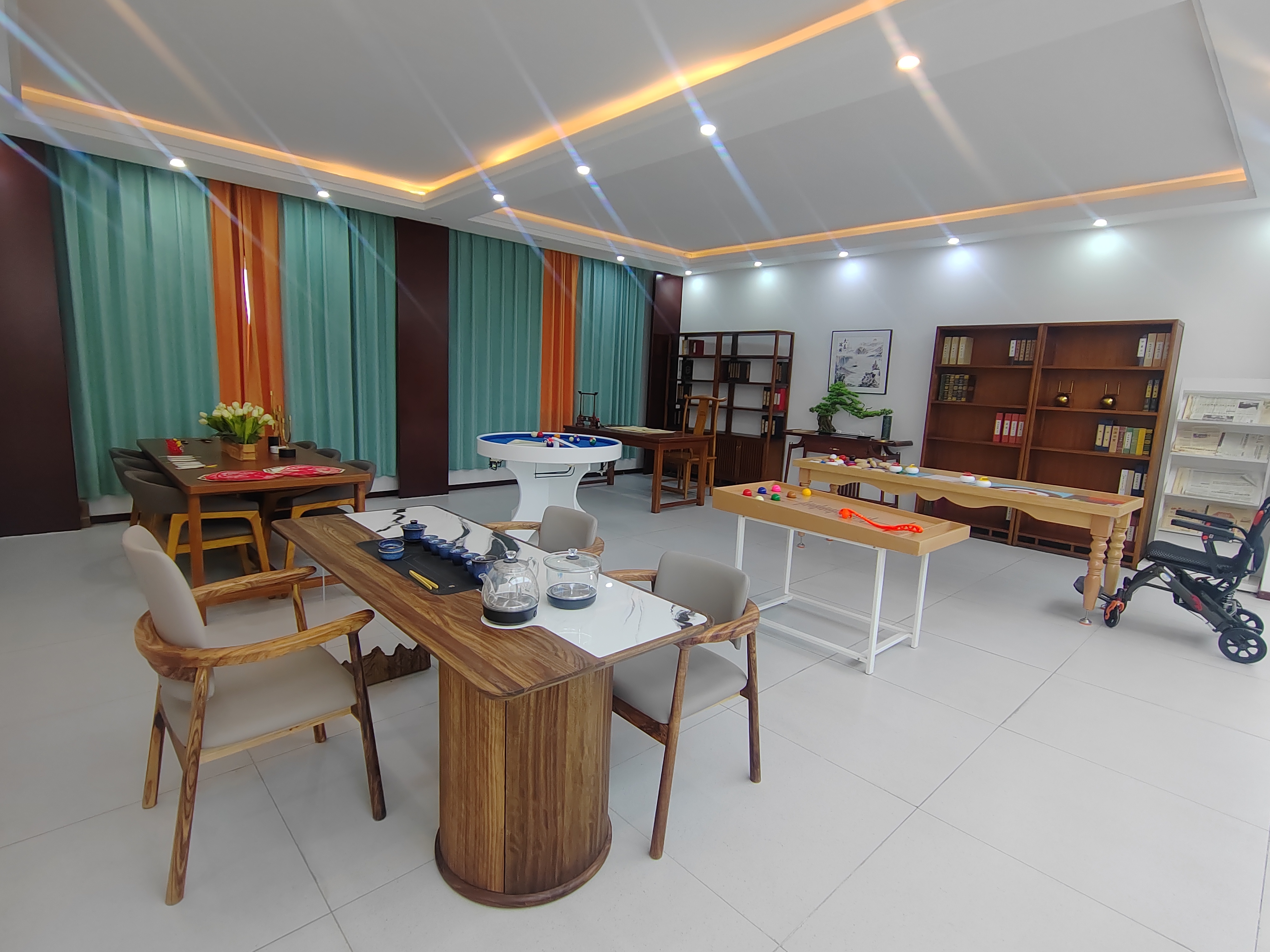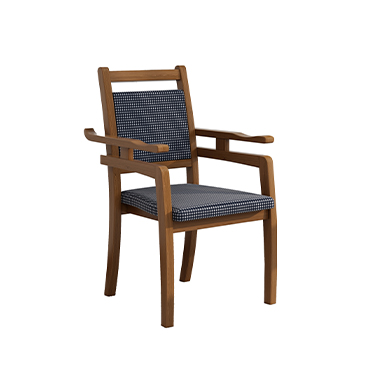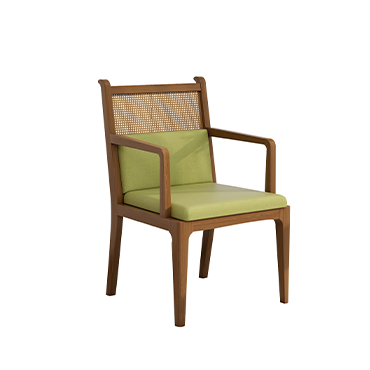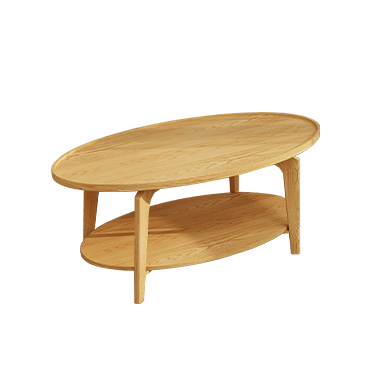Assisted Nursing Style Elderly Furniture: A Reliable Support for Home Care
As home-based elderly care becomes more common, there is a growing need for professional, functional, and user-friendly furniture designed for aging individuals and their caregivers. Assisted nursing style elderly furniture addresses this demand by combining everyday comfort with medical-grade functionality.
1.What Is Assisted Nursing Style Elderly Furniture?
This category builds upon the concept of active elderly furniture, with a stronger emphasis on care assistance. It is tailored for seniors who require help in daily life and is designed to support both the elderly and the caregivers.
Key features include:
Multifunctional beds: Adjustable for height, tilting, folding, and mobility—making it easier for seniors to lie down, turn over, and maintain hygiene;
Medical support furniture: Items such as bedside cabinets, tables, IV stands, and support frames make home care more structured and convenient;
Safety-focused design: To prevent injuries caused by spasms, tremors, or mobility limitations;
Easy-clean materials: Waterproof, stain-resistant, and removable fabrics using "triple-proof" technology to ensure hygiene and durability.
2.Why Is It Gaining Attention?
(1)Rising Demand for In-Home Care
With most seniors choosing to age in place, the need for furniture that supports caregiving at home is growing fast, especially for those with limited mobility.
(2)Improved Caregiver Efficiency
Ergonomic designs reduce the physical strain on caregivers and lower the risk of injury during tasks like repositioning or cleaning.
(3)Enhanced Safety for Seniors
Specialized features such as anti-slip materials, rounded corners, and moisture-resistant surfaces help prevent accidents and promote a safer living space.
3.Design Trends and Use Scenarios
Home-like aesthetics with medical functionality: Designs that maintain a warm, homey look while offering hospital-grade support;
Height and space adaptability: Can be used in bedrooms, living rooms, or even balconies for flexible care environments;
Ergonomic optimization: Customized for the senior body’s changing needs in posture, strength, and mobility.
4.Who Needs It?
Seniors with limited or declining mobility;
Individuals in recovery or managing chronic conditions at home;
Families providing regular medical care such as dressing changes or IVs;
Professional or part-time caregivers working in a home environment.
Conclusion
Assisted nursing style elderly furniture is not just about functionality—it's about dignity, safety, and peace of mind. As families and caregivers seek better ways to provide in-home support, this type of furniture will play a central role in transforming homes into caring, adaptive spaces.





